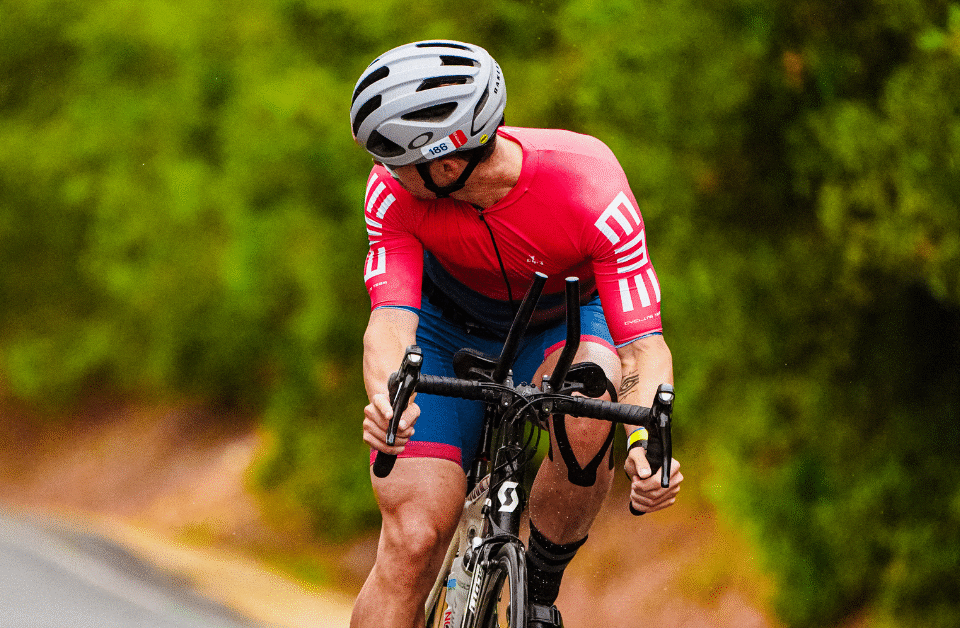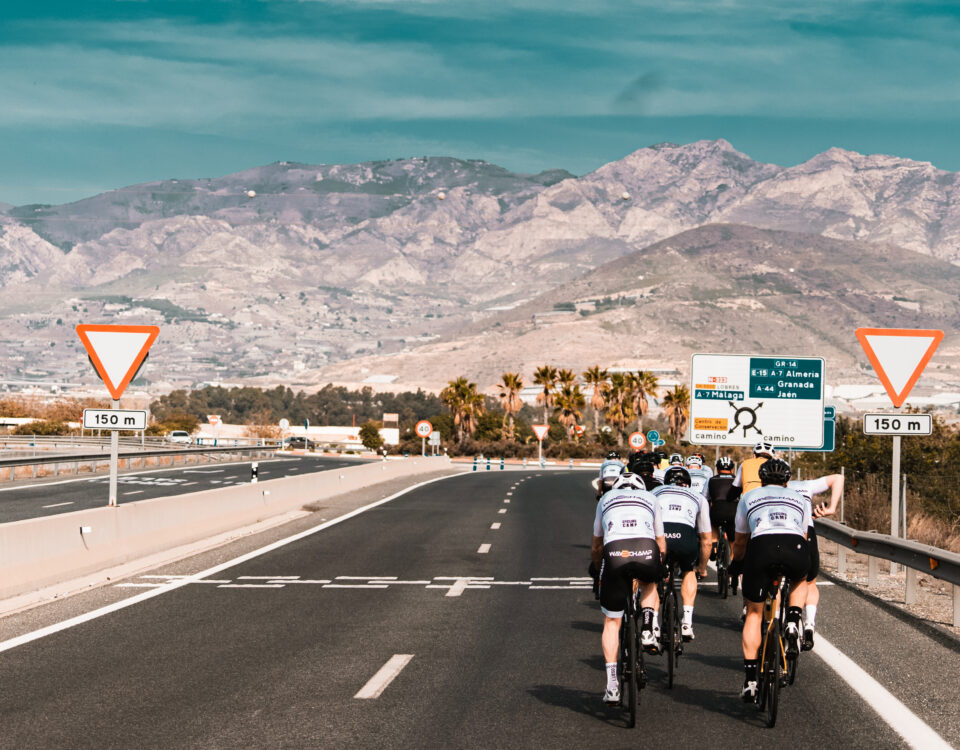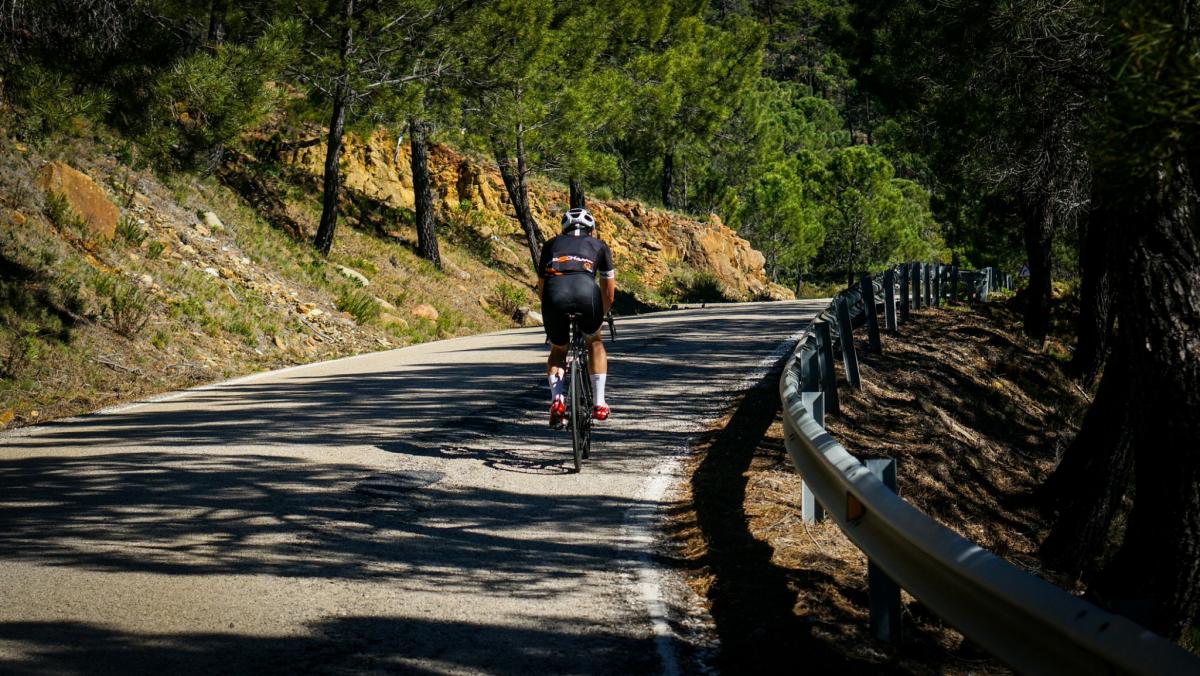
Powermeter in the heat of battle
17 August 2017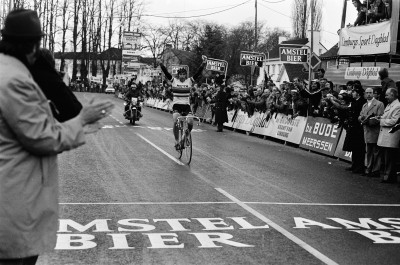
Early Spring or how not to peak too early?
11 September 2017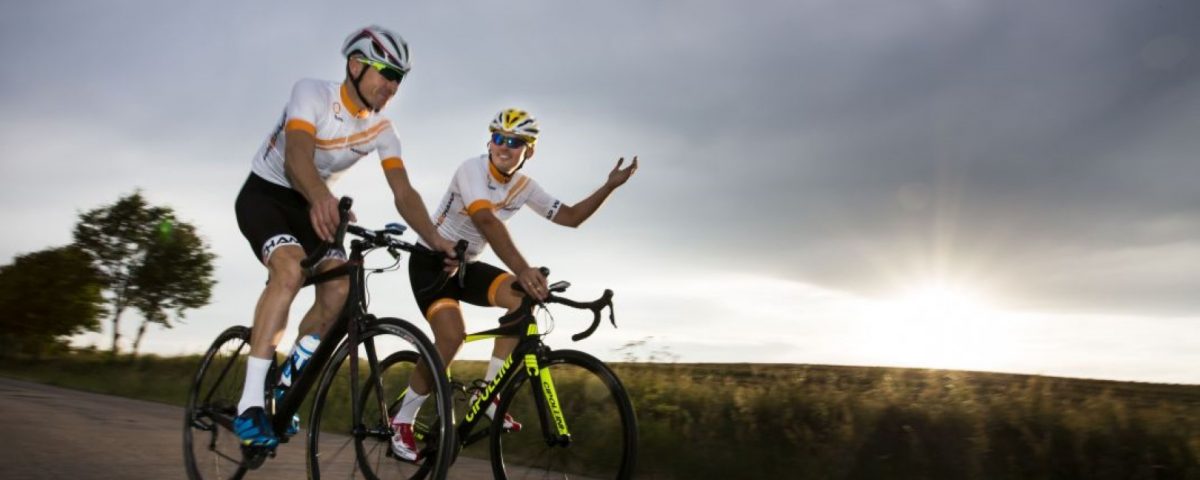
Slippery, wet, cold – for most of us riding in the rain is not a dream come true. Sometimes, however, maneuvering between the raindrops is necessary – when it finds us in training or race. How to behave in the rain to ride quickly and safely?
Riding a bike in the rain – what should we beware of?
When riding on two thin wheels, pay attention to the elements that become slippery during rain:
- white lines and stripes
- catch basins
- railway and tram tracks
- junctions – when cars stop at them, some may leak out drops of oil – in combination with wáter the surface becomes extremely slippery. It rarely happens, but I do not wish it happened to you even once!
- gravel and sand on curves
Braking
In the case of riding in the rain, it is worth using disc brakes even though they might be criticized by many for road cycling. Decreasing the speed with their help is then faster, especially on long descents. However, if we are equipped with standard road brakes, it is worth sticking to a few rules:
- brake much quicker than on dry surfaces when you notice an obstacle/crossover/red light – the stopping distance is longer
- adjust the speed to the riding conditions – this is particularly true for exits and city limits, where a slight exaggeration in speed during rainfall may end badly
- if you are riding in a group, keep a slightly more considerable distance from the wheel before the rider
Racing in the rain
In such conditions, it is best to stick to the front of the peloton, at about 1/3 looking from the front of the group. When moving to the back, there is a higher risk of “finding” an accident and trying to break at the speed of with approx. 50km/h on a flat road, when 50m before us someone is on the ground, is quite close to the term “impossible.”
The only, though somewhat miserable, consolation in the event of an accident in the rain is that the cuts are less substantial and painful than gliding a body over dry asphalt.
The simplest and sometimes the most effective solution is to escape – riding solo or in a group of only a few cyclists will not only increase your chances in the race but also reduce the risk of a crash when competing in the rain.
Remember also that when racing on the road the surest grip is the lower grip – it allows the strongest and the fastest braking, it also lowers the center of gravity. Try to spend more time on the bottom handle while racing in the rain.
Watch out on curves – the same angle of a turn as when riding on dry roads may not be ideal in the rain. Take a broader arc and a more upright position in relation to the surface – this will prevent the wheels from slipping
Your equipment while riding in the rain
A few tips on equipment and clothing while riding in the rain:
- reduce the PSI in the tires by approx. 10-15% compared to your standard pressure
- if you have time and opportunity, use tires specially designed for wet conditions
- you can use an old cycling school, method, that is, rubbing the tires with lemon – this increases the rubber adhesion
- use glasses with light lenses – yellow, pink or green. Riding without glasses will result in getting all the mud from under the wheels of the preceding competitor into your eyes. Of course, the lenses will also get dirty, but rubbing them with the thumb from time to time is better than 0.5 kg of mud in both eyes
- put on a “fresh” helmet – it’s not a joke! If you have not washed your belts inside your helmet for a long time, they probably collected much sweat. If the rain mixes with it, a very salty substance is created that will flow straight into your eyes. An indirect solution could be to put on a cycling cap under the helmet.
- remember about the rain jacket – if you’re racing, it’s worth it to be transparent – then the judges will be able to see your starting number
Rain and training
If it’s raining all day, it is better not to go out and ride indoors on a trainer or postpone the training.
If the rain catches you during the training, it’s better to finish whatever you had planned. Unless the rainfall is so intense that it is not possible – then go straight to the house and possibly finish the rest of the exercise on a stationary bike (also for warming up).
After driving in the rain, I recommend taking a hot bath, drinking tea with lemon and going to bed if we have the opportunity.



